COVID-19 resulted in changes in virtually every way we lived our lives, especially for tenants who lost income and their landlords. The moratorium on COVID-related evictions ended in September, though landlords still have additional hoops to jump through.
Failure to Pay Rent May Not be Enough for Eviction
If a tenant with COVID-19 rental debt that was due between September 1, 2020 and September 30, 2021 paid you a quarter of the total amount by September 30, 2021, they can never be evicted for failing to pay that rent (though they can be evicted for unrelated reasons). Tenants can be sued for unpaid rental debt in small claims court (even if the amount exceeds the small claims court monetary limit), or in a general civil court, on or after November 1.
Rental Assistance Program for Landlords
If the tenant didn’t pay a quarter of the rent due by September 30, 2021, you can serve a three-day notice for failure to pay. If you want to evict a tenant because they failed to pay rent or other financial obligations that were due between March 1, 2020, and March 31, 2022, on a tenancy that started prior to October 1, 2021, before the court will issue a summons, you must apply for rental assistance or show:
- They or their tenants tried to obtain rent relief
- The landlord hasn’t learned from the state or the tenant if assistance will come, or
- The tenant doesn’t qualify for or meet the income requirements
California changed its rental assistance program and increased the amount going to landlords from 80% (if you agreed to forgive the other 20%) of the rent to 100%. If that was the rule when you applied in the past, you’ll get up to the total rent amount, according to KQED.
The program, which is supposed to distribute $5.2 billion in federal funds, opened for applications in March. As of September, the state had distributed $526 million in relief. The slowness is blamed on California’s efforts to prevent fraud and make duplicate payments.
Most landlords can apply through the state’s website, Housing Is Key. Tenants and landlords have parts of the application to fill out. If:
- Both apply for funds, they’ll go to the landlord
- The tenant applies first, the landlord will be notified by the state and invited to participate.
- The landlord starts first, the state will try to reach the tenant to get additional information, like their income
Landlords will need documentation showing they own the property. This could be a deed, a mortgage note, property tax statements, or a current lease agreement. If there is no signed lease, bank statements establishing rent is collected would be accepted. Property managers may apply for a landlord.
If your tenant doesn’t pay rent from October 1, 2021 to March 31, 2022, and the tenancy started before October 1, 2021, you must include the 3-day notice in Code of Civil Procedure section 1179.10 with the notice to quit. Application for rental assistance is required before you can get a summons issued in an unlawful detainer case.
We’re Here to Help
Anthony Burton represents property owners in eviction actions. If you need help having a tenant removed due to a lack of payment or a different breach of lease, we can help. Eviction is a very technical legal area, especially in the COVID-19 era. The process must be correctly done or it’s subject to an appeal by the tenant.
Call us at (949) 244-4207 or fill out our online contact form today. We can discuss your situation and what you should do next.










